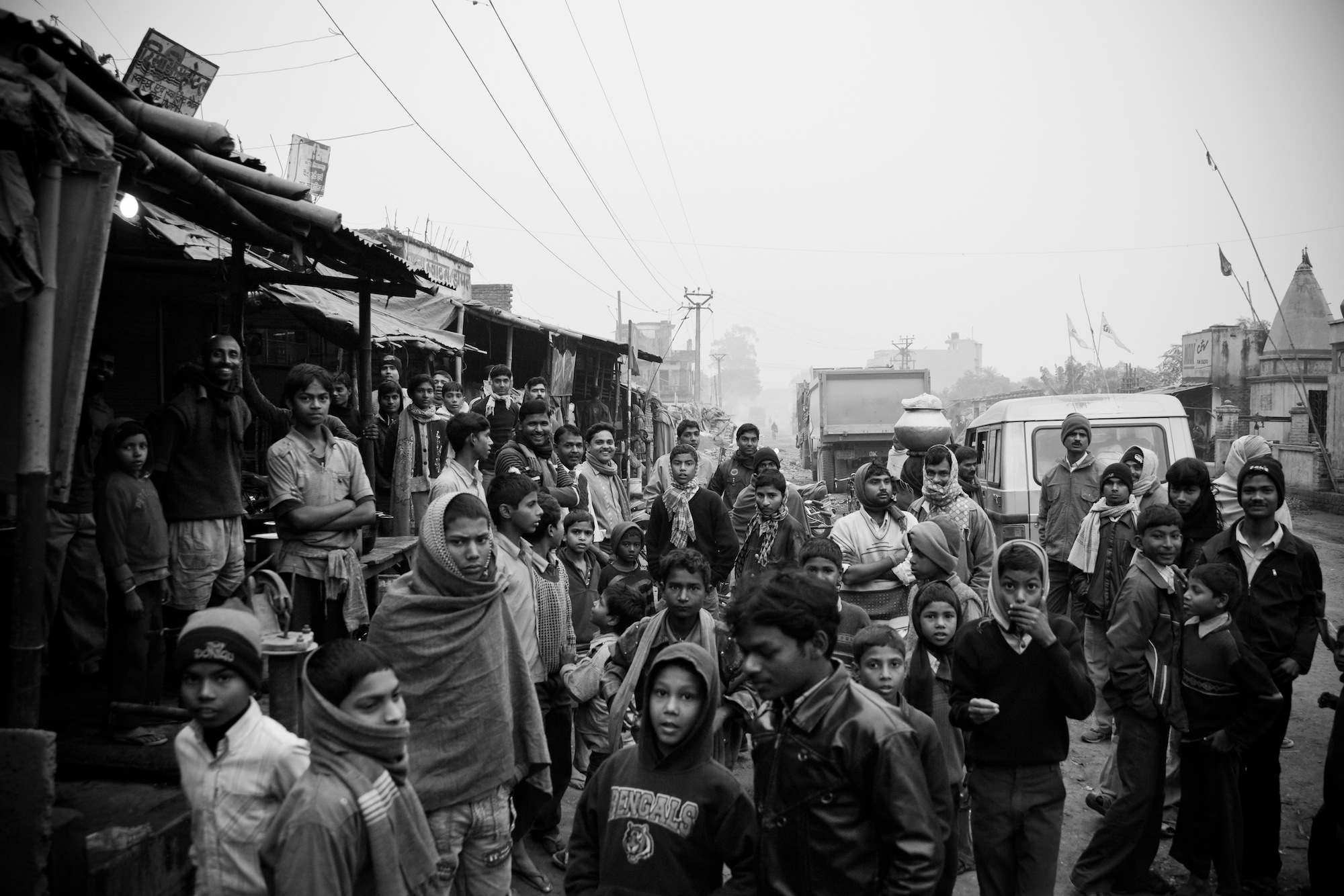
Travel Blog: The India Stare
A General Observation
India is the world’s largest republic, but I have a hard time thinking of it as a cohesive country. Why? The first reason is simple geography, that is, it’s a huge country. Like any other country of its size, regional differences are exponential in every sense of the word. The geography includes deserts, mountains and rainforests. The urban landscape ranges from frenetic metropolises like Mumbai and New Delhi to communities identified by the tribes who live there rather than having actual names on the map. Driving an hour in any direction might could find you in the middle of an entirely different environment than the place from which you departed.
With all that said, there are a few aspects of India which are extremely similar across the entire country. One aspect in particular that never fails to intrigue and amuse me is the complete lack of irony inherent in the culture as a whole. I do not say this to set Indians up as being naught rubes and simpletons--to the contrary, you can’t get anywhere in the current economy without a master’s degree--but I will nonetheless hazard to say that Indian culture does not appreciate subtlety.
If you want to test the above statement, I invite you to do no more than exit the shelter of your hotel or guest house and step out into the main street any city in India. If you can get that far without being julienned by the handlebars of passing bikes and motorcycles, or run over by an Ambassador motorcar, or mobbed by cab drivers or beggars; find some space to stand still and look around. As you do this, I invite you to note several things.
First, look at the people who are, by now, looking back at you. If you are in an area where visitors are still a novelty and not just a commodity, is that the people who live there are staring at you with a frankness and curiosity that you would be hard-pressed to find anywhere else in the world.
On my first trip to India, my companions and I stepped down from our bus in a remote area of Jarkhand to find out that we were the biggest news in that particular village in a long time. Our boots had barely cracked the dry topsoil before fifty onlookers materialized out of the winter air to watch our every move. And watch they did; their almond eyes steadily gazing at us like so many highbeams. If stares could deliver physical impact, the group and I ran a serious risk of mortal bruising.
The whole scene gave me a prickly, uncomfortable sensation down my back. How does one react to so many steel-bore gazes? The heavy eye ridges and large teeth that are the prevailing genotypes in certain regions of India often make even the most placid or neutral appraisals appear to be intense, humorless and severe. I didn’t know this at the time. I grew up in Florida and had never been to the eastern hemisphere before; sticking out in a crowd was a new one on me. Several trips later, I became used to the stares, and eventually developed the cahonies to stare right back into the penetrating eyes that gave me the once-over from all directions. This usually results in my Indian appraiser bursting out into laughter, frank bemusement metamorphosing into thrilled amusement when I responded the American responded in kind.
But that kind of boldness gestated for a longtime before I had the wherewithal to exercise it. That first time I got off the bus, the sight of so many eyes boring into me and my fellow Americans took some real getting used to. Even the local wildlife was staring at us. The sight of monkeys with the size and threatening dispositions of malcontented five year-olds was even more disconcerting than the stares of the gathered assembly of people. While a human being might attack you and steal your wallet, a monkey has the potential to attack you, bite off appendages and run off with your ears as trophies. As such, my own exit from the bus was far from boisterous. Much the opposite, I walked on eggshells. Don’t hurt us, I fretted in my mind, we just need to pee!
But even then I was vaguely aware of a sustained note of humor playing in the background of the scene. There is an unstated expectation of great things when Americans visit a rural village; some people in those areas tend to assume that you are on a first-name basis with the president of the United States, ping-pong buddies with western pop culture icons, a licensed medical practitioner and so wealthy that your breaking wind sends up a cloud of gold dust. I imagined an unvoiced letdown in the minds of our eager observers as the men in our party ducked behind a rickety toolshed to drain the main vein.
Look! Americans! This is exciting! The first visitors we’ve had in years! I wonder what interesting things they will be planning to do!
Oh, they’re just passing the urine...
Our sudden appearance, punctuated by nothing more than running behind suddenly felt hilariously anti-climactic.
It did, however, result in one of my favorite photographs that I have ever taken. As we got back on the bus, (after supporting the local economy as best as we could by purchasing a few boxes of snacks and bottled water for the road), I stopped and turned the lens of my camera toward the assembled crowd of people. I snapped about a half-dozen wide angle photos of the people around me, mostly men and boys, and managed to capture a spectacular range of expressions and moods in a single photo. The unabashed smiles of some and the inscrutable glowers of others contrasted to reinforce the scene and create a one of my favorite India images ever.




